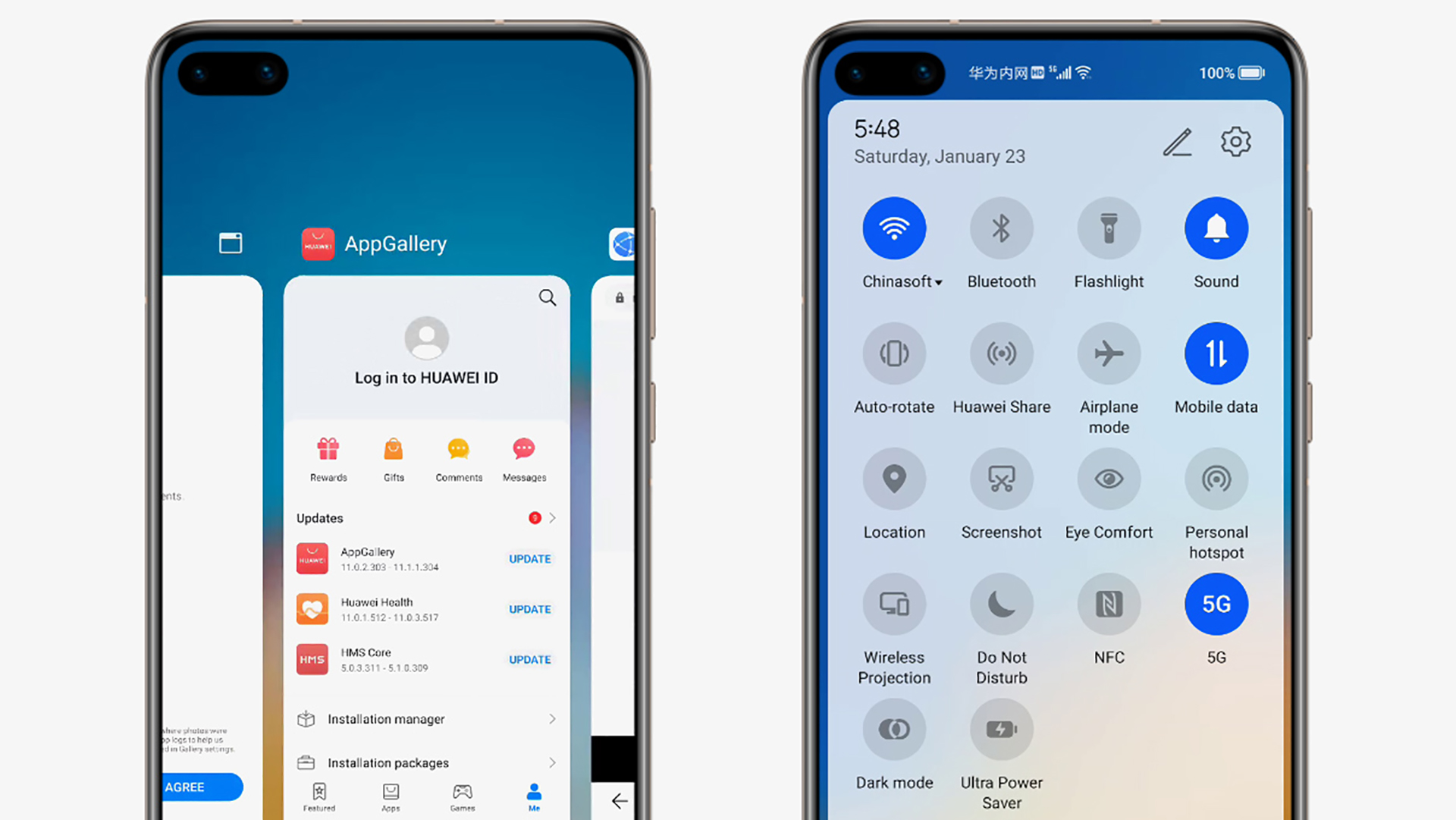Affiliate links on Android Authority may earn us a commission. Learn more.
Read this insane summary of how HUAWEI's Harmony OS is literally Android 10
Published onFebruary 2, 2021
- Over at Ars Technica, Ron Amadeo submitted to an invasive background check to try out HUAWEI’s Harmony OS.
- It turns out that, in no uncertain terms, HUAWEI’s new alternative operating system is literally Android 10 with few changes.
- Amadeo’s article paints a very unflattering picture of how HUAWEI could be faring under the US government’s ban.
When news of the still-ongoing HUAWEI ban broke in 2019, the company quickly revealed its “Plan B.” It turned out Plan B was to be known as Harmony OS (or Hongmeng OS in China). HUAWEI stated that its new mobile operating system would work on smartphones, IoT devices, wearables, and more. It would unite all tech platforms — and prevent HUAWEI from needing to rely on Google.
Catch up: The HUAWEI ban: A complete timeline and everything you need to know
However, Ron Amadeo over at Ars Technica gained access to an early beta version of that system for smartphones, and it definitively reveals that it is not so different from Android. In fact, it appears Harmony is actually just Android 10 skinned with EMUI and a few slight changes.
Harmony OS: Android by any other name
In the Ars Technica article, you can see tons of screenshots of the system. The screenshots come from what Amadeo assumes is a physical device located somewhere in China. HUAWEI prevents anyone from actually downloading the operating system. Instead, you need to virtually access this physical phone over the internet.
What’s more, Amadeo needed to submit his passport and a photo of his credit card (!!!) as part of his application to access Harmony OS. After a two-day verification period, he finally could check out the system. By contrast, anyone can download the Android SDK for free with zero application requirements.
Once he had access, Amadeo discovered that the system was strangely familiar. He found multiple references to Android files and saw carbon copies of Android features, including dark mode, gesture navigation, settings permissions, and even the distinctive notification panel.
We’re not going to rehash the whole thing here as you should absolutely read the article. However, it does not paint a good picture of HUAWEI’s current ambitions to continue on in the smartphone market without Google.
